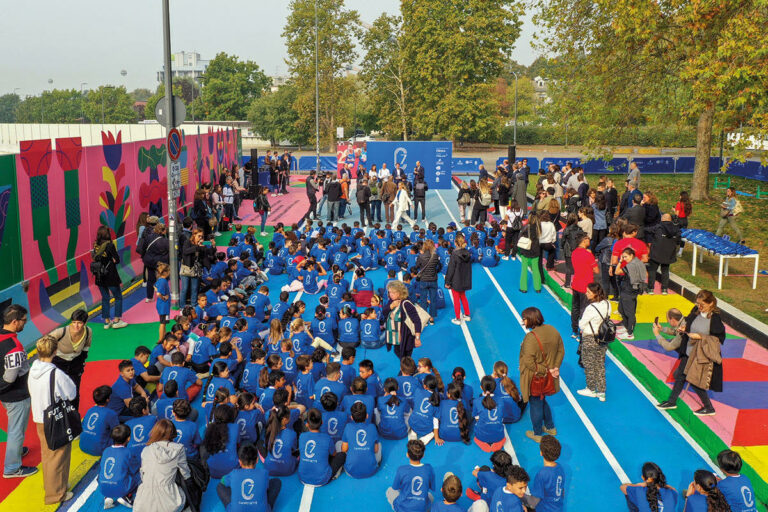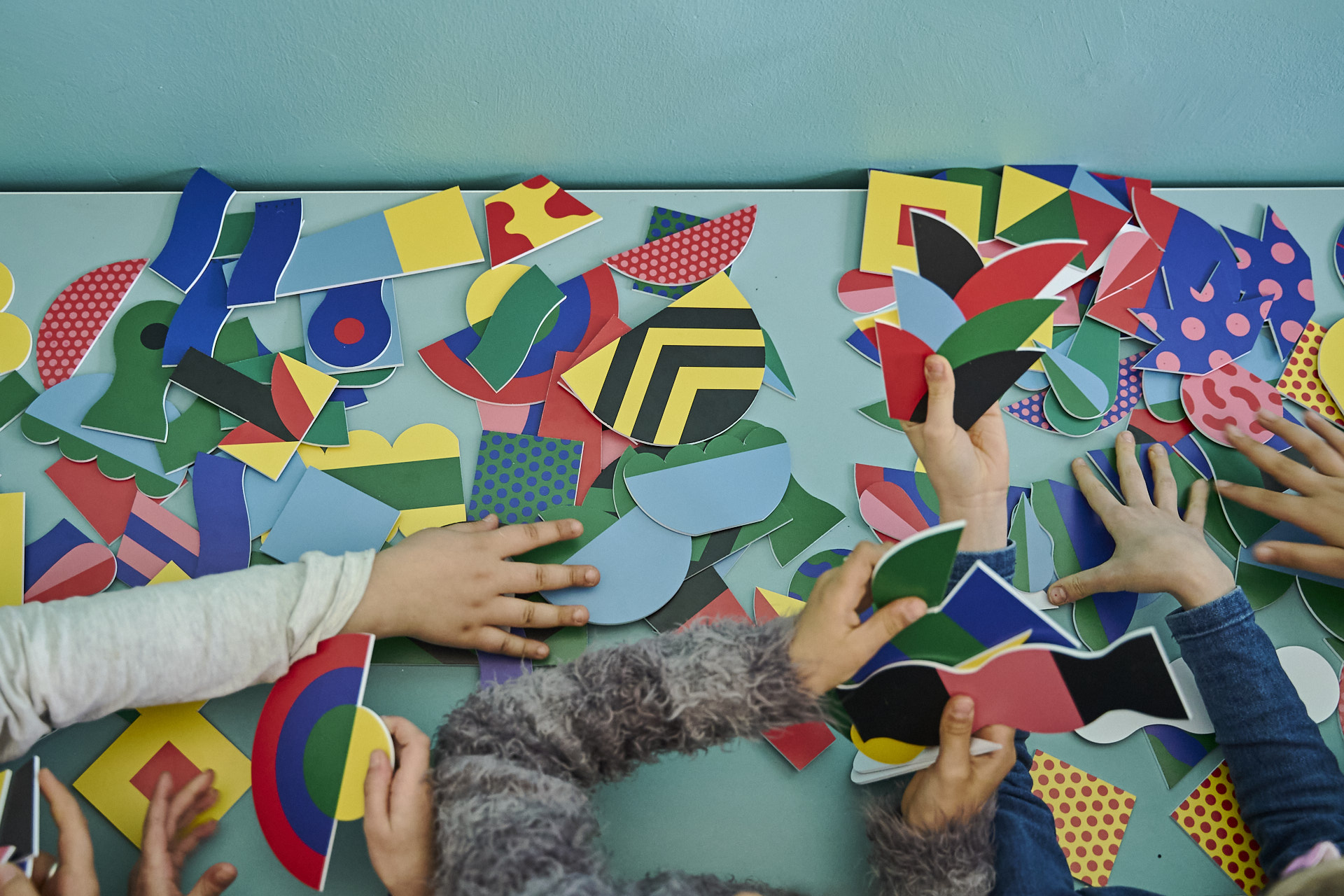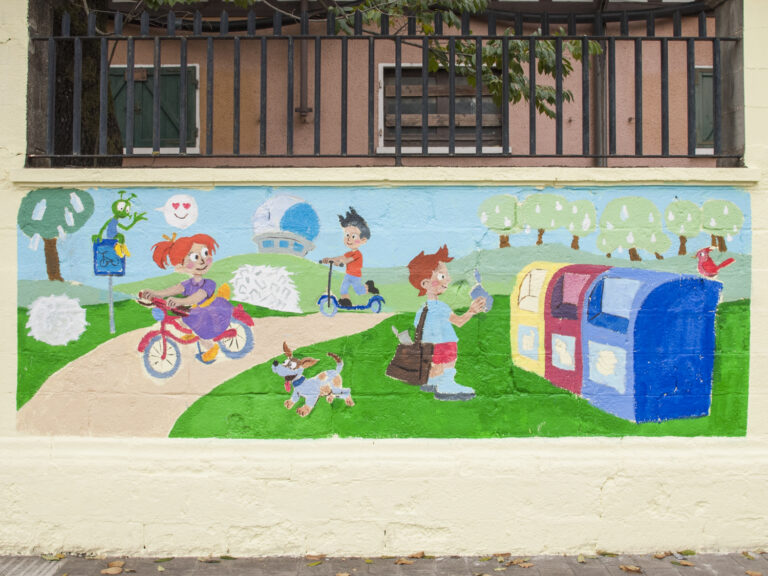


EX: legacy becomes future.
The project that will transform the area of Ex Trotto Milano into the vanguard of urban regeneration and social sustainability has already begun.


Ex Trotto Milano opens up to the city: an inclusive project that, through the regeneration of a 130,000 square metre area (1.4 million square feet) and the creation of new mainly pedestrian public spaces, reconnects two areas of the neighbourhood, giving citizens an urban space to explore and designed to generate social value.
The Municipio 7 of Milan lights up Christmas with the dreams and hopes of more than 200 children from the F.S. Cabrini Primary School and the IC Munari Secondary School, thanks to the lights realized in collaboration with ADCI (Art Directors Club).
In collaboration with Municipio 7, a widespread program of playful-cultural activities, now in its second edition, brings life to the neighbourhood, drawing both young and old to the streets and squares during the summer months.
A top-tier initiative in partnership with Legambiente, designed to engage the youth through educational workshops and co-design activities that explore the growing synergy between sports and sustainability.
A mosaic of activities promoted in collaboration with MUBA - Museo dei Bambini Milano, to involve even the youngest in the UN's 2030 Agenda for Sustainable Development and to make them feel like true protagonists in building their own sustainable future.
The area adjacent to Ex Trotto Milano transforms into a temporary open-air athletics field to introduce youngsters to the world of athletics, as part of a program of school meetings in collaboration with FIDAL Lombardia.
A blooming field waiting to be discovered, transforming a portion of Ex Trotto Milano's grasslands into a novel floral urban skyline, celebrating together the importance of biodiversity.
The beauty of co-creating public spaces with young people, involving them in the creation of street art works that contribute to revitalising the value of their neighbourhood.


Ex Trotto Milano is the model of urban regeneration that aims to design the future and inspire new standards of sustainable planning.

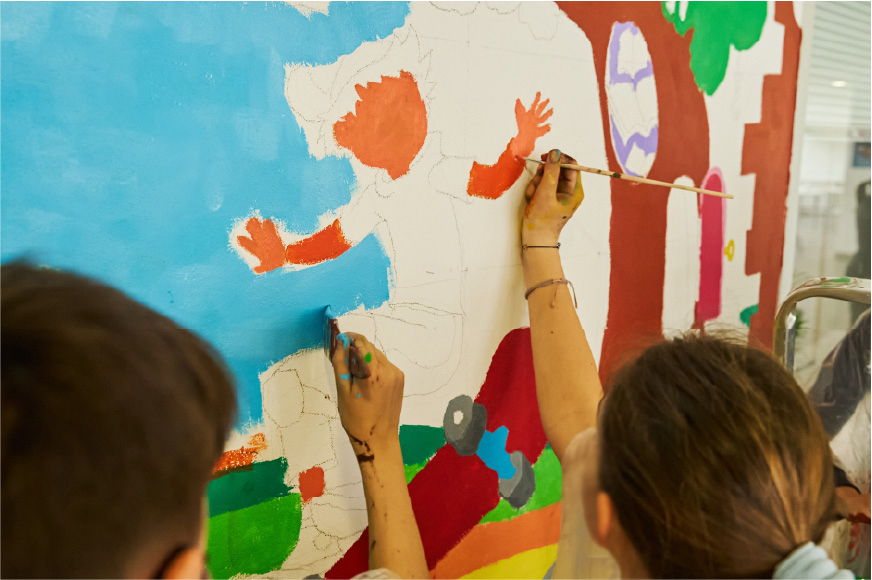
COLLABORATIVE PLANNING
Listening to the community and creating a dialogue with the public bodies, to welcome their ambitions and needs, while building a place that respects the values and the history of the area and can become a new urban destination.

SOCIAL SUSTAINABILITY
Social value is also manifested through dedicated neighbourhood and district services, local shops, gathering places, and rent-capped housing.
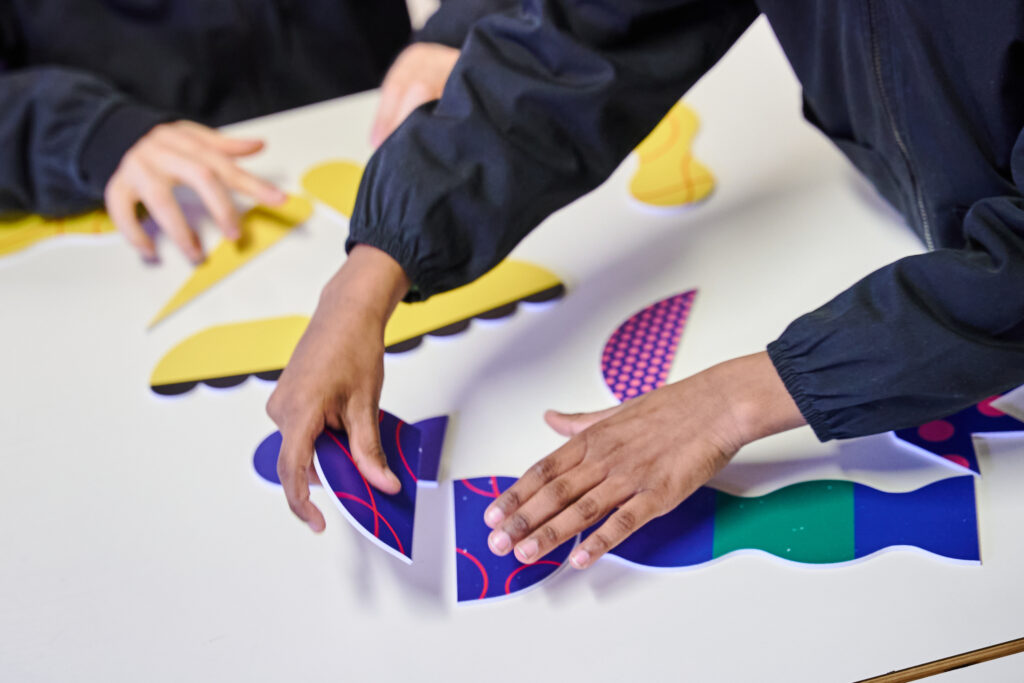
URBAN REGENERATION
Historic buildings like the stables, the barns and the unforgettable racetrack of the Trotto come back to life through a neighbourhood market, dedicated educational paths for the new generations, green spaces, and plenty of sports: the district transforms itself to enrich the lives of its diverse citizens in terms of age and interests – families, seniors and young couples – fostering a virtuous intergenerational exchange.

HISTORICAL LEGACY
What has always been a significant area for sport activities of the city now evolves to develop ground-breaking projects, all the while respecting the history and the architectural legacy of the place.

ACCESSIBILITY
A key destination in the city of Milan, promoting soft mobility with a predominantly pedestrian vocation, while being welcoming through the connections to surface transports, the underground and the bicycle lanes in the area.

GREEN AGORA
The greenery is the heart of the neighbourhood, the true inclusive infrastructure of the project: a park and public spaces spanning 50,000 square metres (540,000 square feet) with over 700 new trees, an open and pedestrian square to bring together diverse souls of the city.

CONNECTION
On an architectural level, the area redefines what “inside” and “outside” mean, bringing to life a unique space that welcomes the city. On a cultural level, it recreates spaces that are capable of nourishing the connection between communities.
OF PEDESTRIANISED AREA
OF PARK AND
PUBLIC SPACES
OPEN MARKET SALES
DEVELOPED BY
BORIO MANGIAROTTI SPA
AND SHRUBS

Press Conference
26 SEPTEMBER 2023

Mario Abbadessa, Senior Managing Director & Country Head of Hines Italy – accompanied by the Urban Regeneration Councillor Giancarlo Tancredi and alongside Brian Girard, Design Principal of KPF Associates, Andreas Kipar, CEO of LAND, and architect Leopoldo Freyrie – presented the innovative EXTM project, emphasizing its importance in terms of social impact.
The focal point of the event was the presentation of the masterplan, which includes the development of an urban market, educational and sports facilities for the community, a park, and public spaces with a mix of housing solutions, including furnished rent-capped residences for seniors, families, and young couples. While in major European squares, buildings usually serve as a backdrop for public spaces, Ex Trotto Milano shifts this perspective. The neighbourhood will be built around a large park and the historic horse racing track, thus creating a completely integrated natural urban layout and repurposing historic buildings to accommodate services for the community.
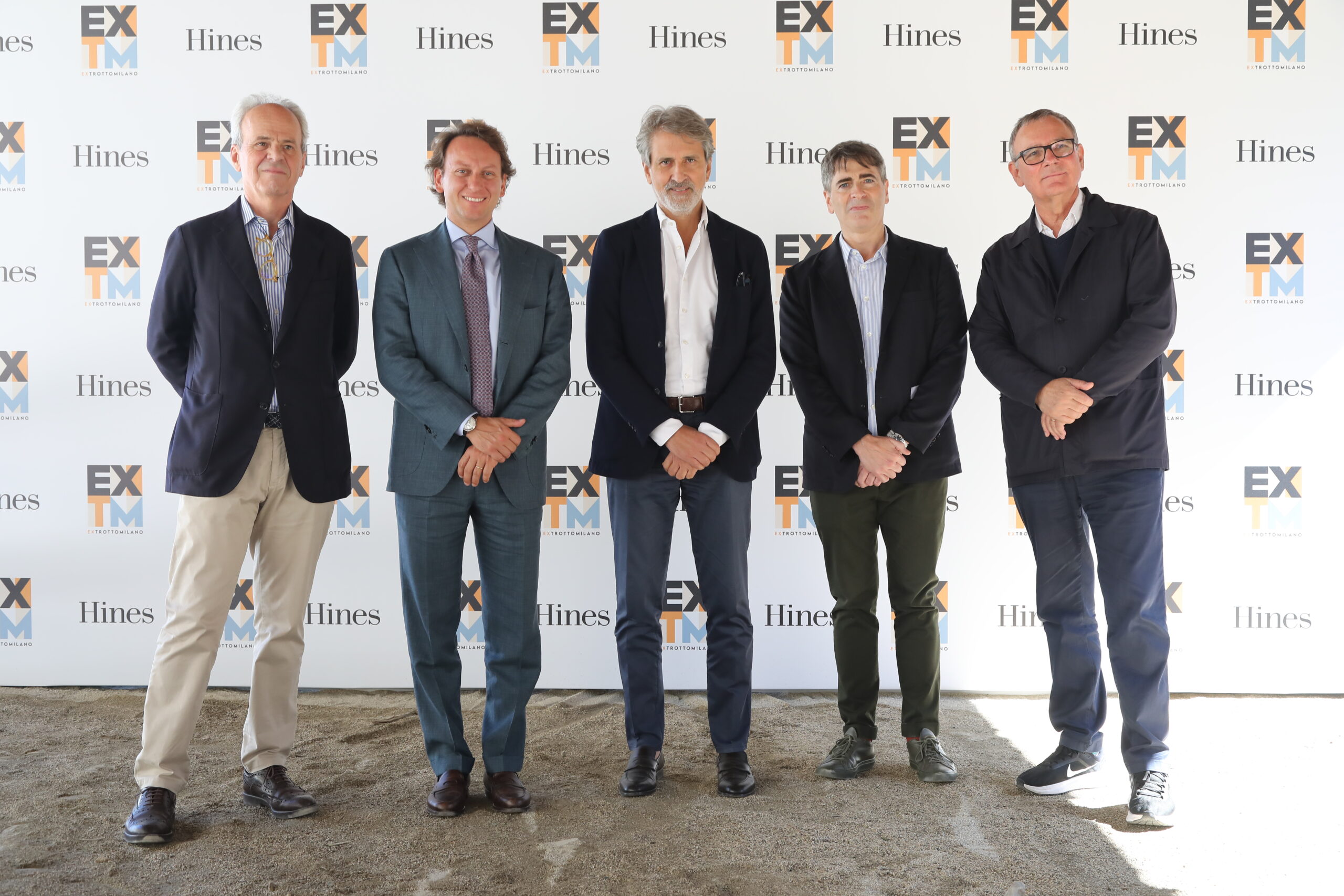
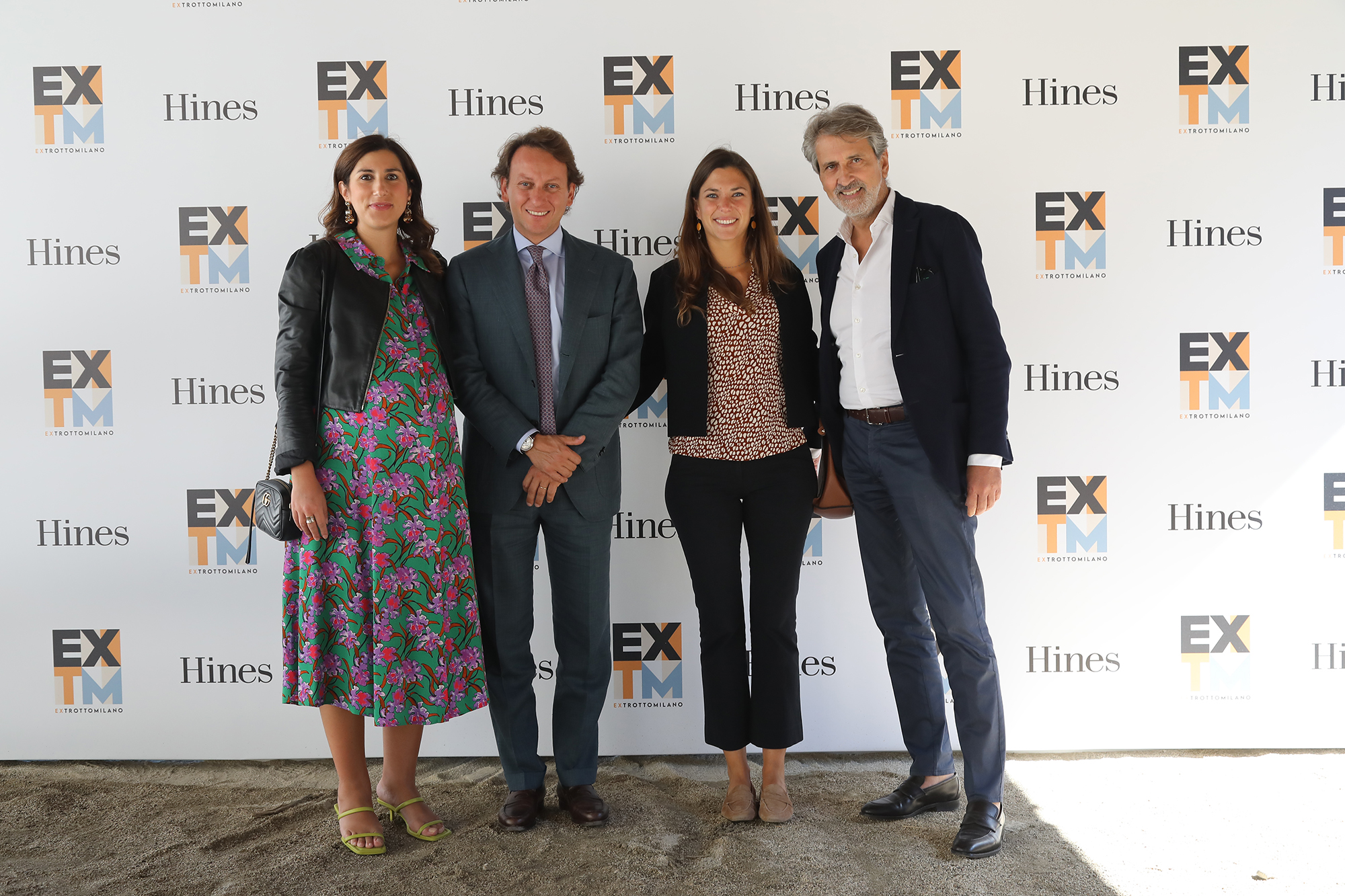
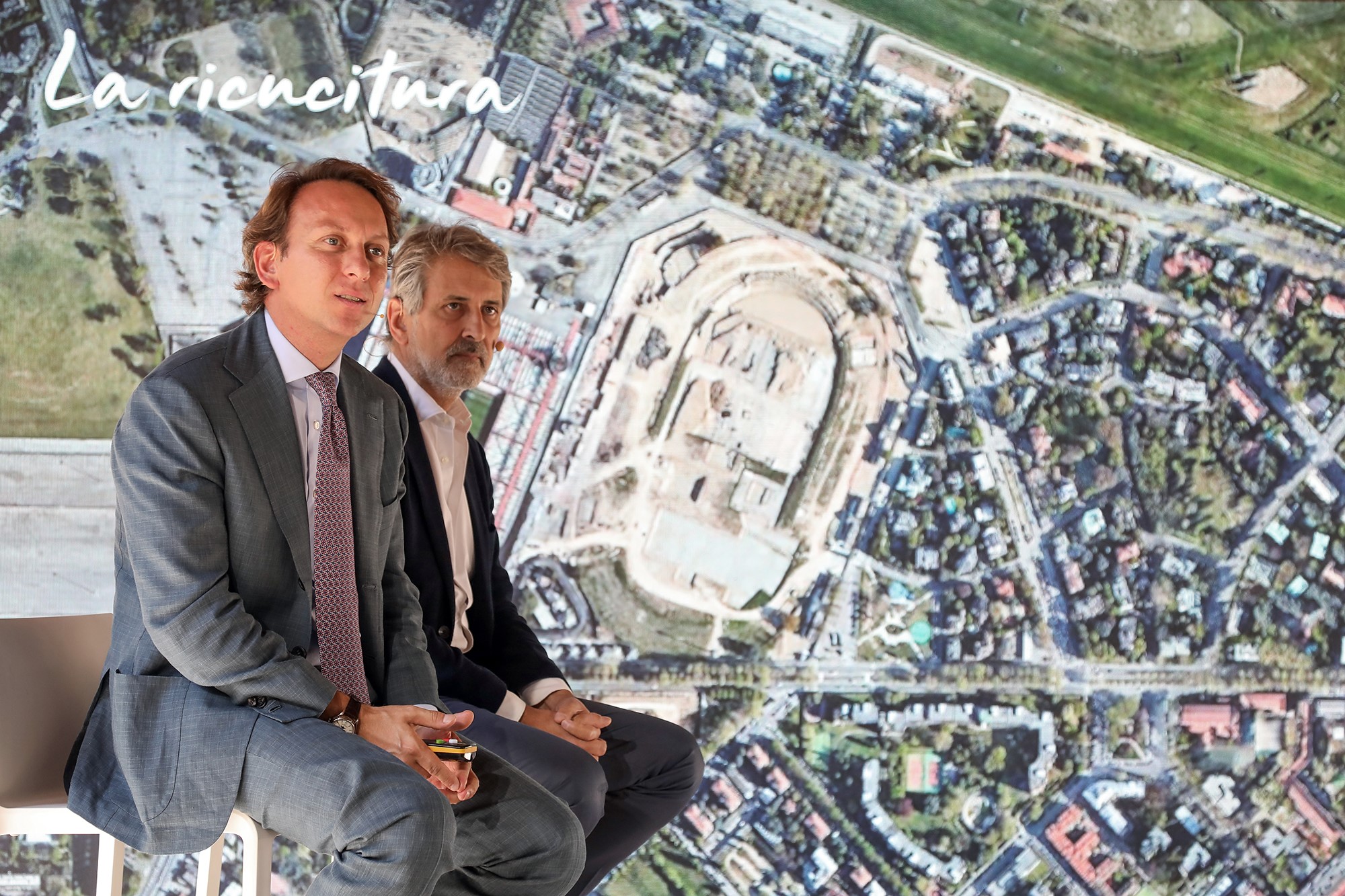
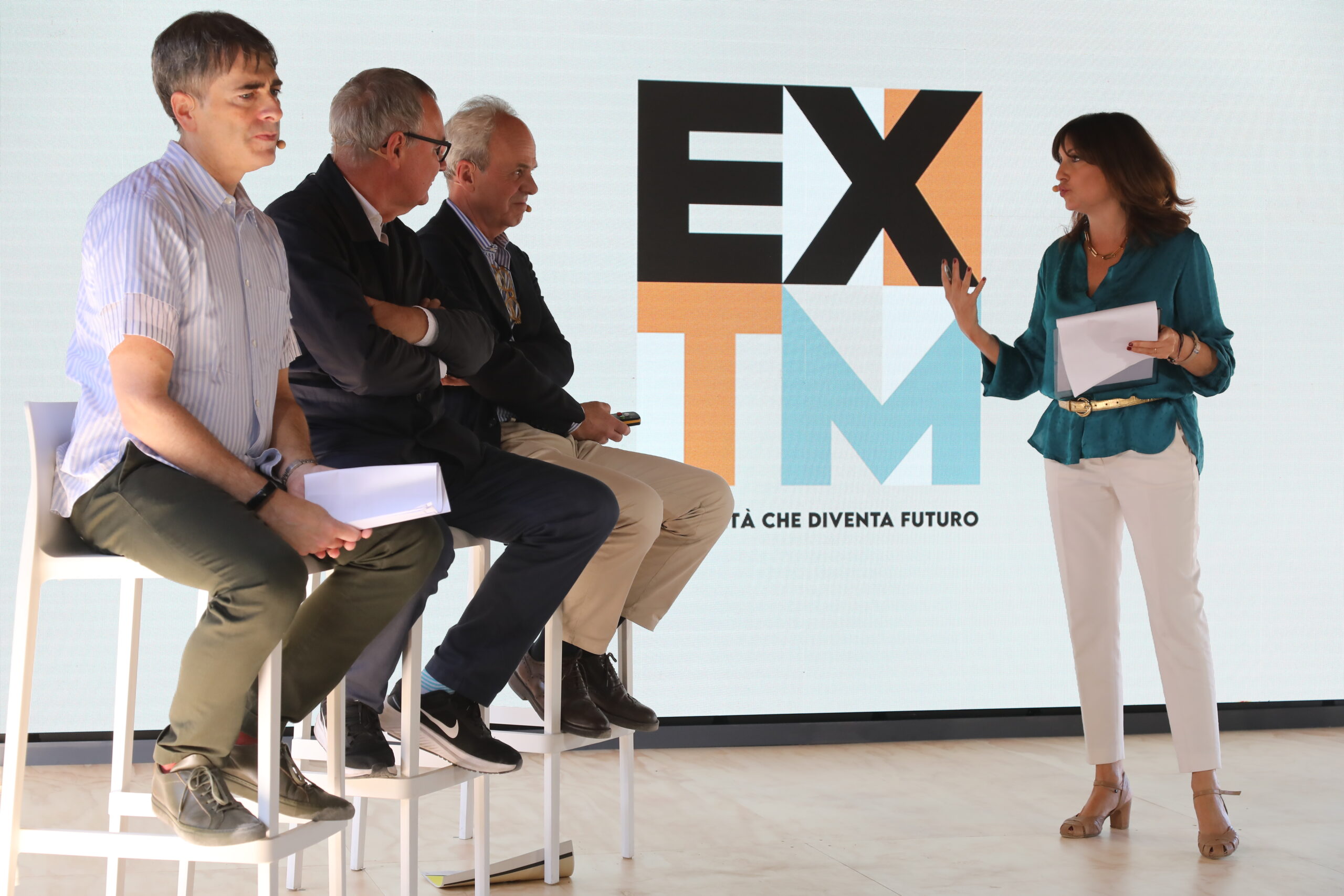
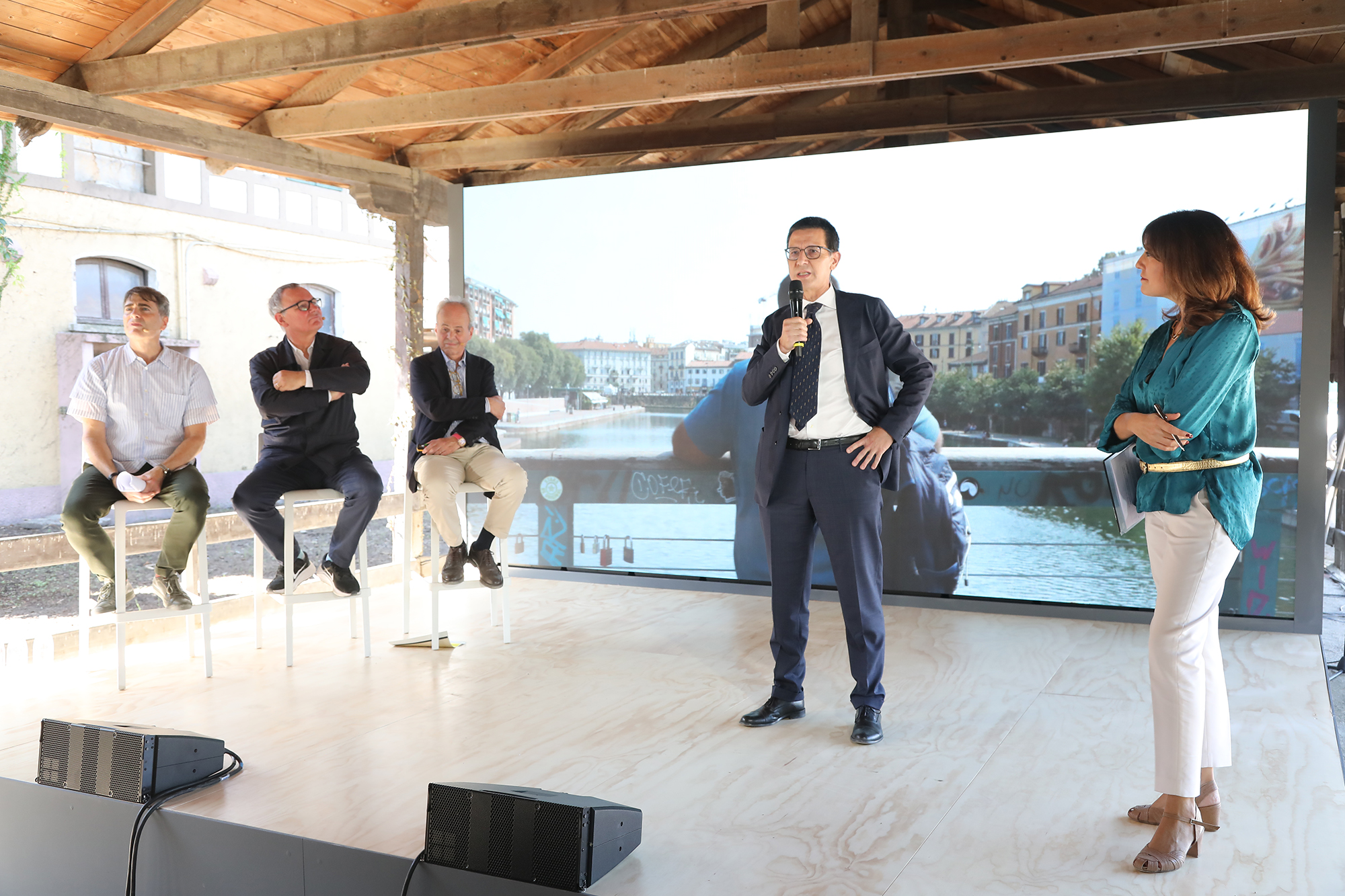
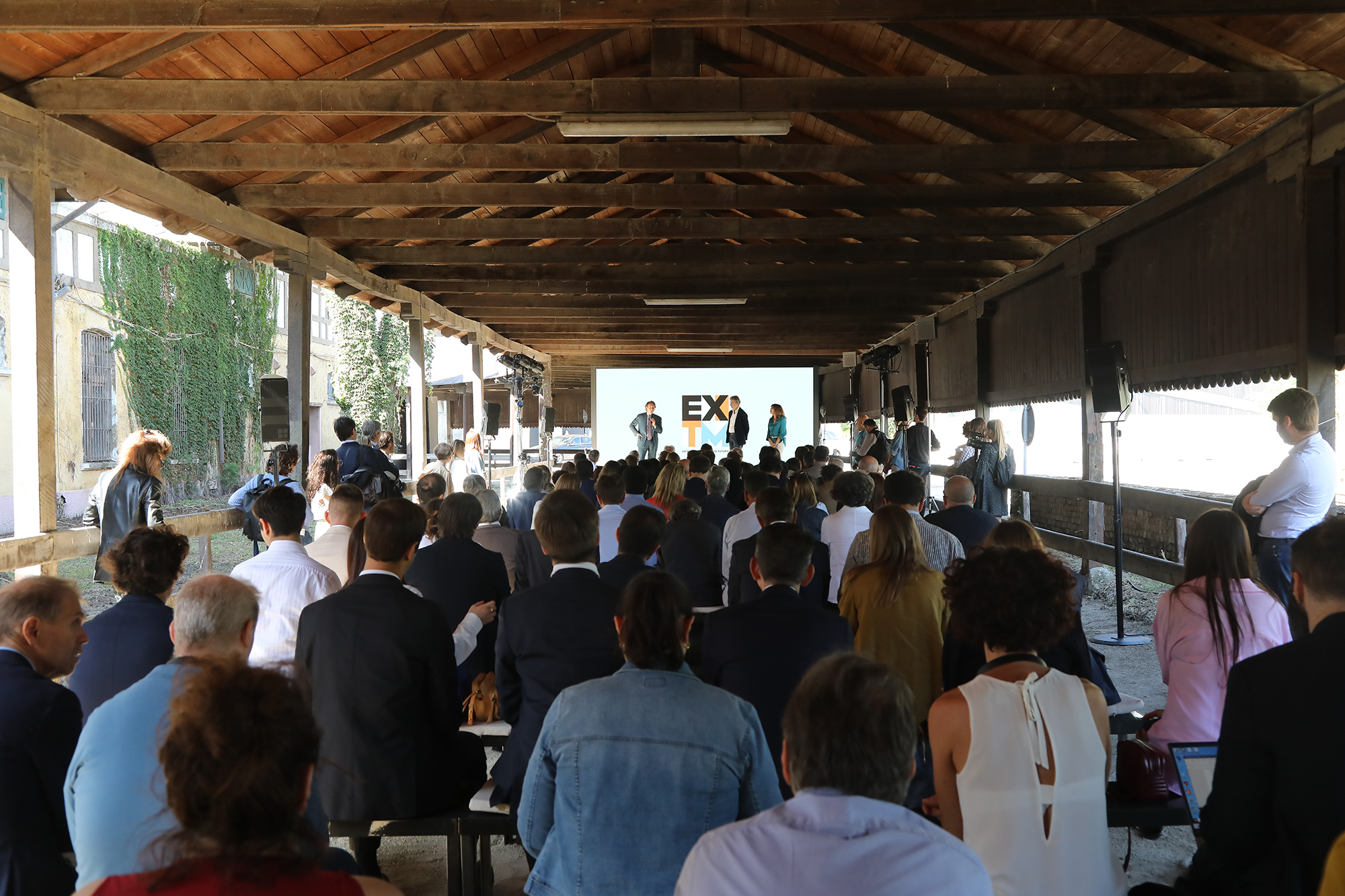
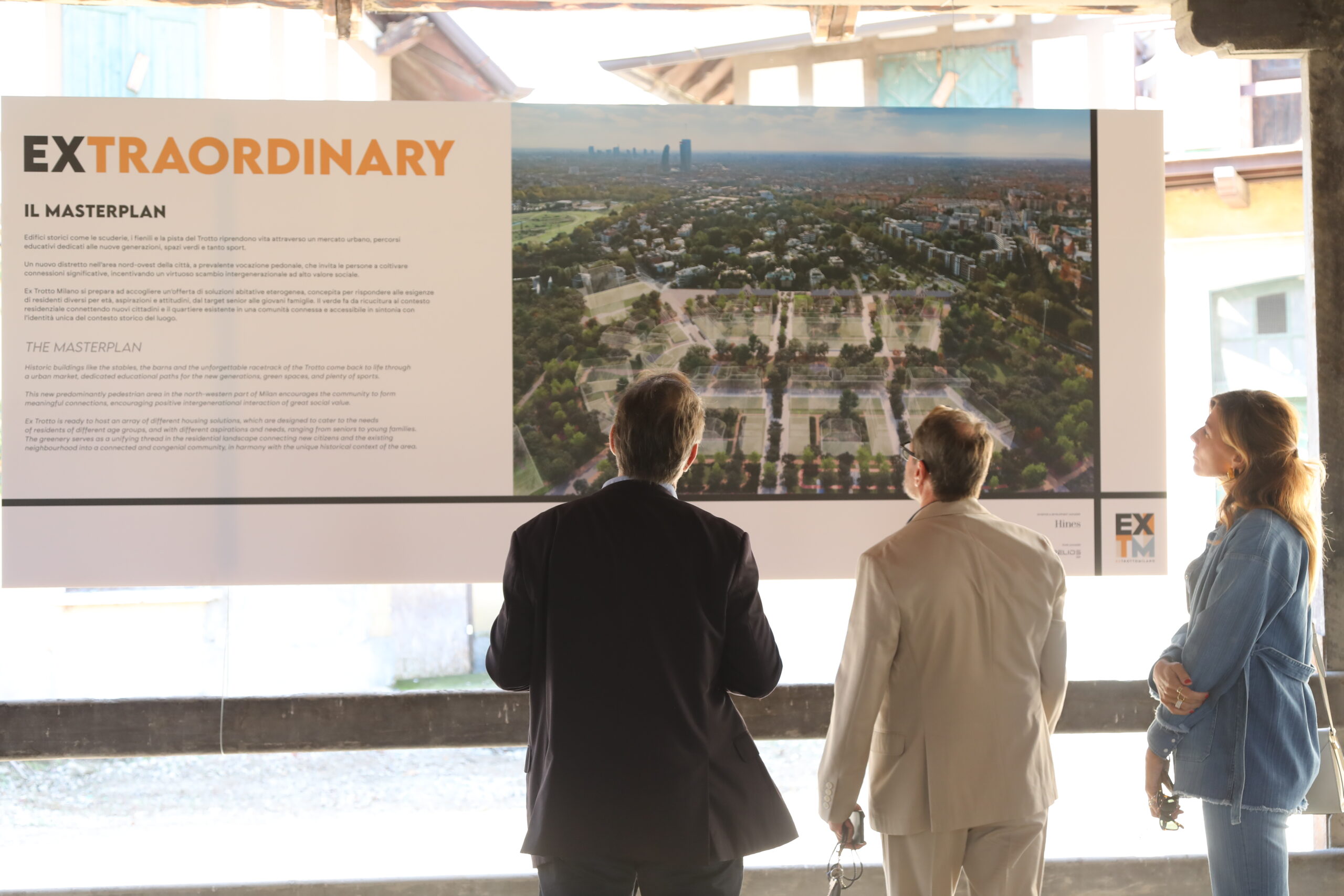

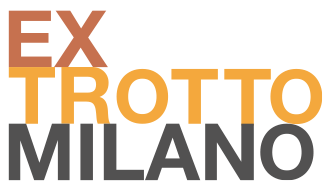
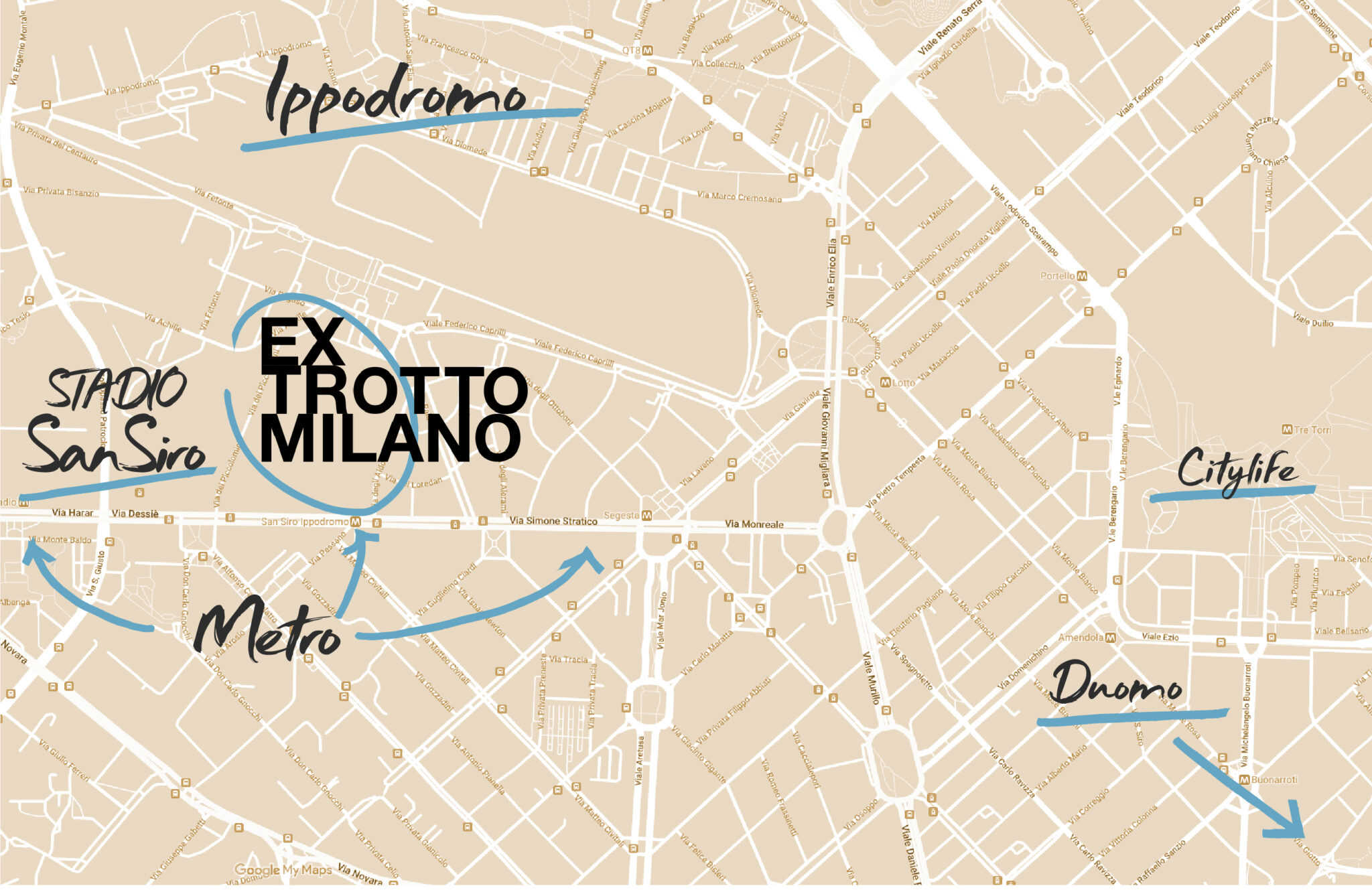




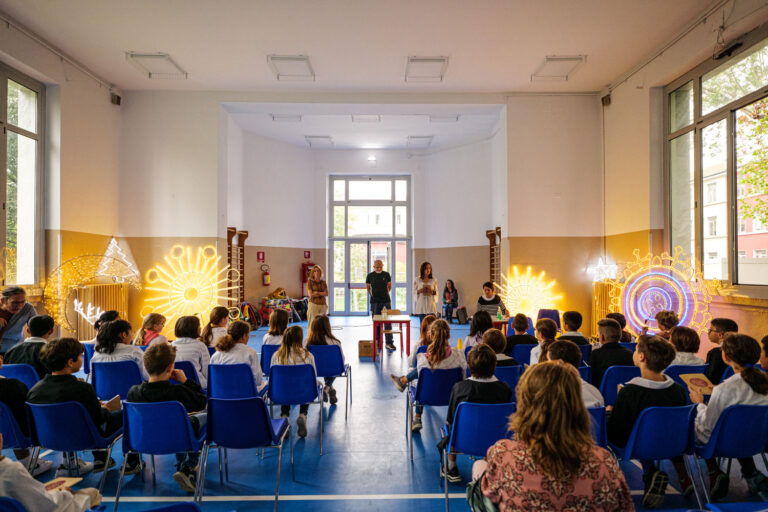
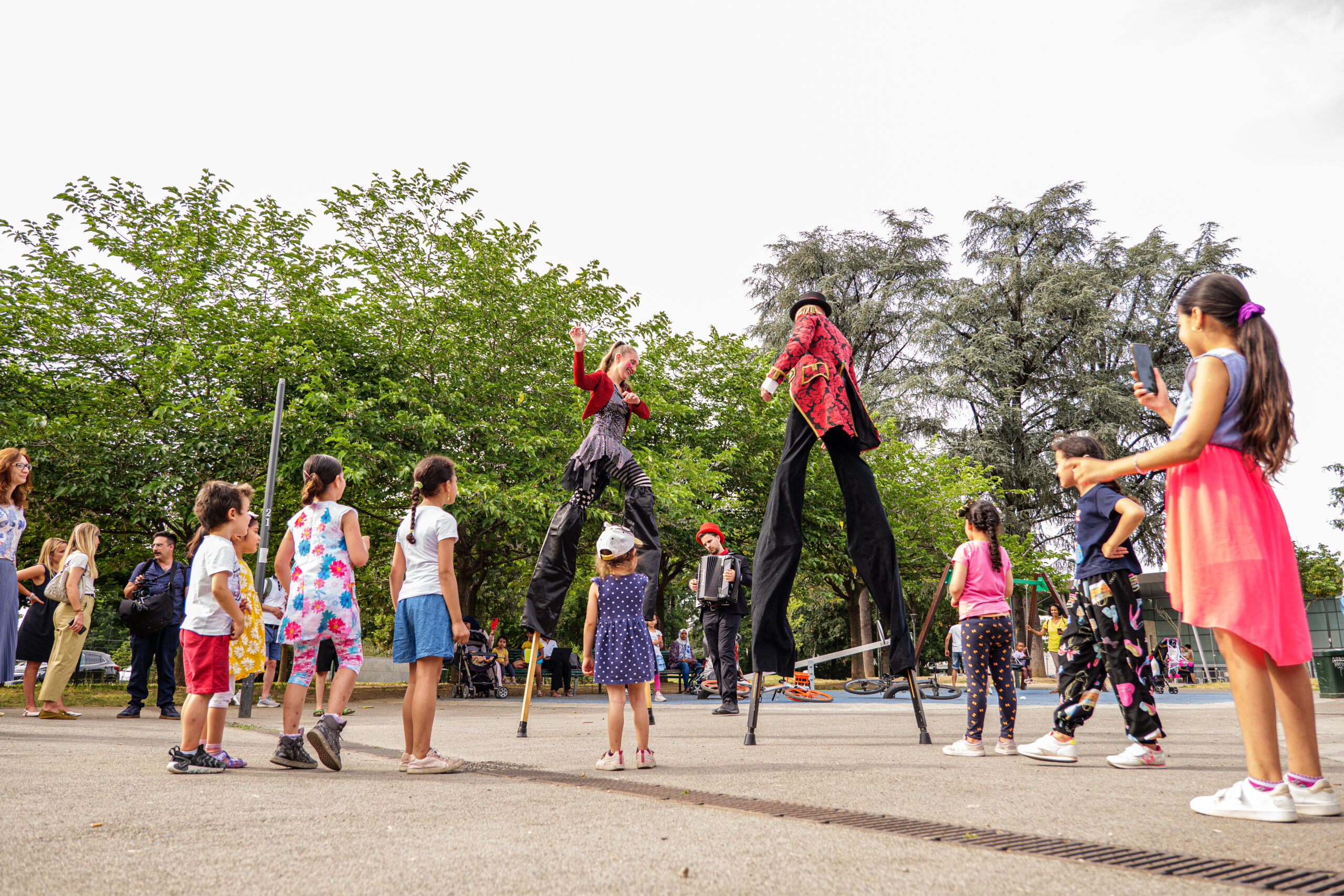
![cover[1]](https://www.extrottomilano.com/wp-content/uploads/2023/08/cover1-1-768x512.jpg)

